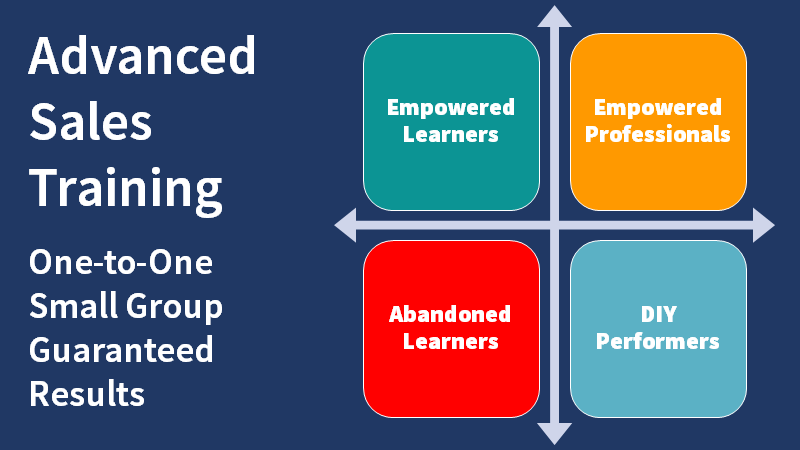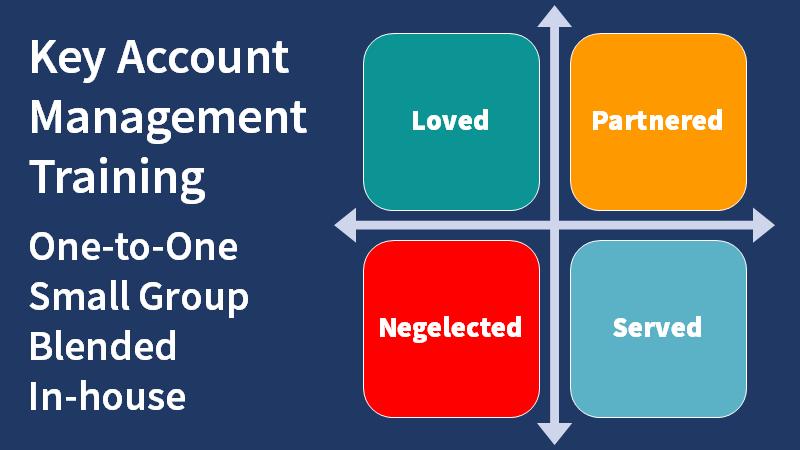
Advice on bid strategy, bid win tactics, bidding for contracts, winning tenders, and improving the quality of RFP (Request for proposal) responses.
Bidding for opportunities is an expensive and often unrewarding process, with low win ratios and high costs of bidding being typical across most market sectors. For example, if it costs £20,000 per opportunity to bid and your win ratio is 1 in 5, your cost of winning one opportunity is £100,000, so before you bid for an opportunity it is important to consider bid strategy. Consider the following factors:
- If the first thing you know about an opportunity is when the tender or RFP request for proposal is issued you are most likely too late because...
- The majority of tenders are issued with a potential winner already identified because...
- Another bidder has been working with the buyer to help them define the solution, the budget, and create the tender (known as early positioning) and...
- you have been asked to bid to create competition, and are, at best, lying second, so…
- having the best bid team, the best bid process, and the best proposal may still not win you the business!
So what can organisations do to avoid the pitfalls and maximise their chances of preparing a winning response to a request for proposal, tender invitation, or bid? How can win ratios be improved and the cost of bidding reduced? I believe that there are ten critical success factors:
- Understand and Influence (early positioning) – As highlighted above, early positioning is critical to winning bids; so, what do you need to focus on to achieve this? As early as possible in the sales cycle, try to understand and influence the client’s underlying business need or issue; the ‘real’ requirement; the people and the politics; the procurement process; the potential competition, the risks for both parties; their budget and your win price. The key to doing this successfully is...
- Relationships – Obviously, it is important that you get close to the client, especially the decision-making unit, so that you can establish the trust and credibility needed to understand and influence them towards your organisation and your solution before any tenders are even thought about. Good relationships with potential third-party vendors or supply chain partners are also vital, as they could be the key to winning the bid. If you have done both of these activities well you will be well positioned to...
- Qualify & Invest – Before spending time and money on a bid that you may not win, consider the following questions. Why are we being asked to bid? (Does the client believe we can deliver or are we just making up the numbers?) Can we win and why? Can we make money? Why do we win opportunities like this? Why do we lose opportunities like this? How much will it cost us to bid? Do we have the time, money and resource to bid, or should we be investing time and money on better opportunities? If you know the answers to all the above and are happy with them, then you can develop your...
- Bid Strategy & Solution – Too many organisations start answering the questions in a tender before developing their bid strategy and solution. Start with the win price, which, if you have been involved from the beginning, you will have given them! Based on this win price, you will be able to develop your organisation’s offer to meet and exceed the client’s need or issue, which again is always easier if you have been influencing that understanding from day one. Support this offer with key messages and themes that run through the proposal, making it read like a joined-up document, rather than an exercise in cut & paste. Sum all this up in a draft Management Summary, and use this as a guide to...
- Sell your Solution & Value – Building on the four previous stages, a compelling, client-centric proposal, led by a ‘killer’ Management Summary, will grab the decision maker’s attention, greatly improving your chances of winning. Including case studies of clients with similar requirements that you have successfully addressed always helps. Make sure your proposal addresses the client’s needs and doesn’t just talk about your organisation; client first, supplier second. Once shortlisted, create a great presentation team, then a great presentation (using the Management Summary). Always apply...
- Creativity & Innovation – In a ‘me too’ world it is critical to differentiate, so focusing on the client’s issues and needs, holding workshops to apply creativity and innovation to your bid strategy, your solution, your proposal and your presentation, supported by...
- Planning & Process – When opportunities are won, the delivery aspects are managed using structured planning and processes (Prince 2 etc) to ensure a successful outcome. The same degree of planning and process needs to be applied to a bid. Start with a clear plan and a ‘living’ bid process used by everyone, clearly defining their roles and responsibilities, timescales and key milestones, including regular reviews. All this will save time and money, and create a better working environment. Also helpful are...
- Tools and Information – Client’s always pose lots of repetitive questions, so having the information prepared, accessible, and managed under change control ensures that the right answers are found quickly, used, and always up to date. This will save time and money during the early stages of the bid, allowing more time for the creative aspects of the proposal, the activity most likely to win you the business. Now you need now is...
- Resource & Skills – People win bids. People who can lead, people who can work as part of a holistic bid team, people who can write in persuasive business English, people who can innovate, people who can use MS Word and PowerPoint, people who can check the proposal until it is perfect, people who can sell, people who can negotiate, and people who can present. Without all these, bidding can be very time-consuming, expensive and unrewarding for all concerned. Finally, whatever the outcome...
- Review & Learn – Perhaps the area I’m most passionate about, because ‘If you always do what you always did, you will always get what you always got’. Regardless of the result, you must ask the client and yourselves what you did well and what you could have done better. Communicate the output to everyone involved, and use them to improve the integrity and approach to future opportunities, applying the lessons learnt to deliver continual improvement.
Using our Get to Great™ Bid Capability model, our client’s have highlighted Qualify & Invest, Planning & Process and Review & Learn as the lowest-scoring aspects of the 10 critical success factors in their organisations.
The first and the last are of course linked, as the more you learn from success and failure, the easier it becomes to identify the ‘real’ opportunities, enabling you to focus on them, and decline the rest.
Good Planning & Process will ensure that you manage the ‘real’ opportunities effectively and efficiently, delivering a real return on investment, improved win ratios and reduce the cost of bidding, which is where this article started out.
Follow the bid strategy advice in this article to win more tenders, bids and contracts. For additional help, contact the author - Chris Whyatt on +44(0)777 929 7401 or via email at chris@gettogreat.co.uk.
If you need to learn about bid strategy (tender strategy), bid to win tactics, a bid win plan, or ways to improve the quality of ITT and RFP responses, telephone +44 (0)1392 851500. Alternatively use the contact form here or send an email to custserv@salessense.co.uk.












